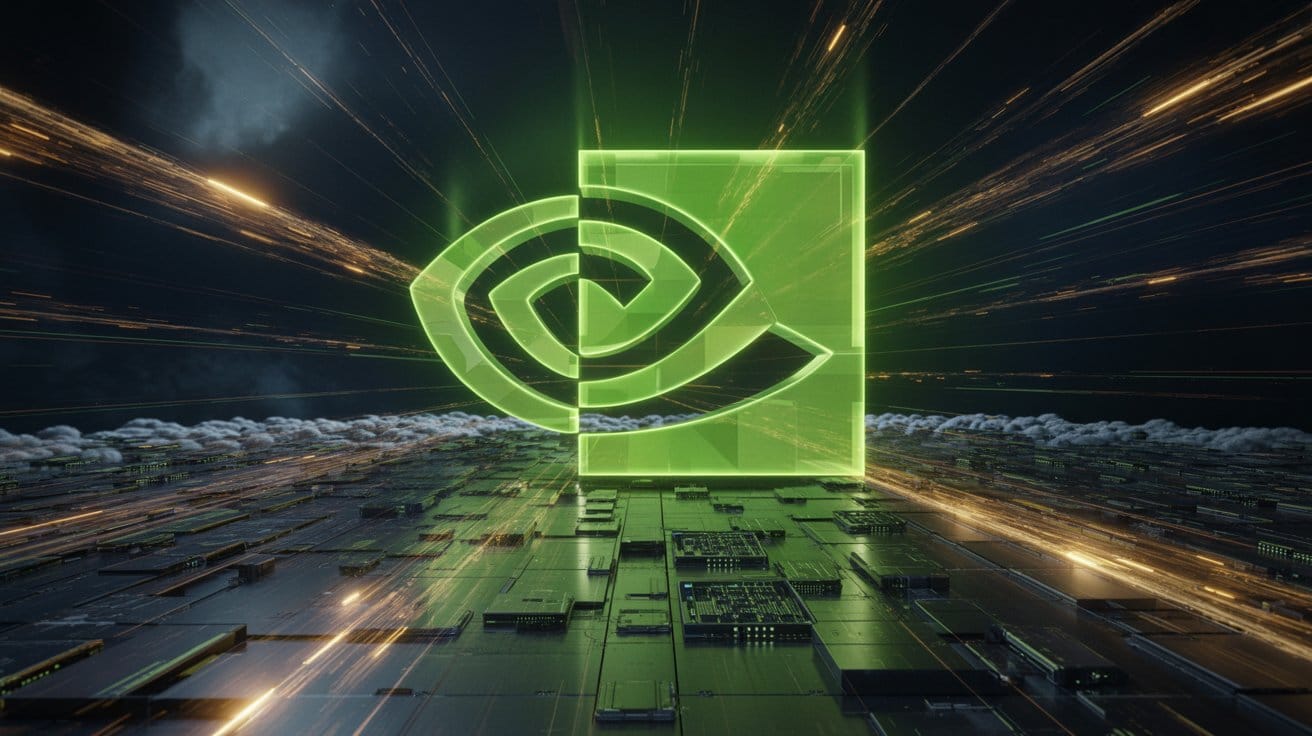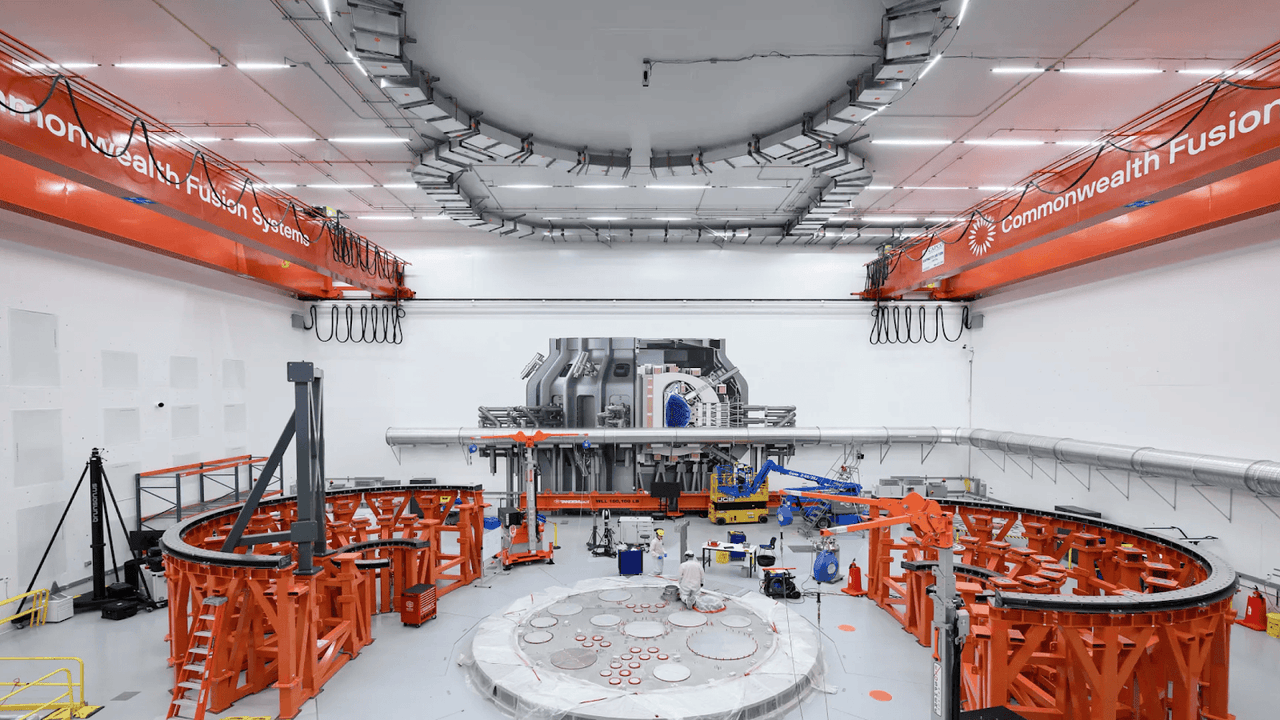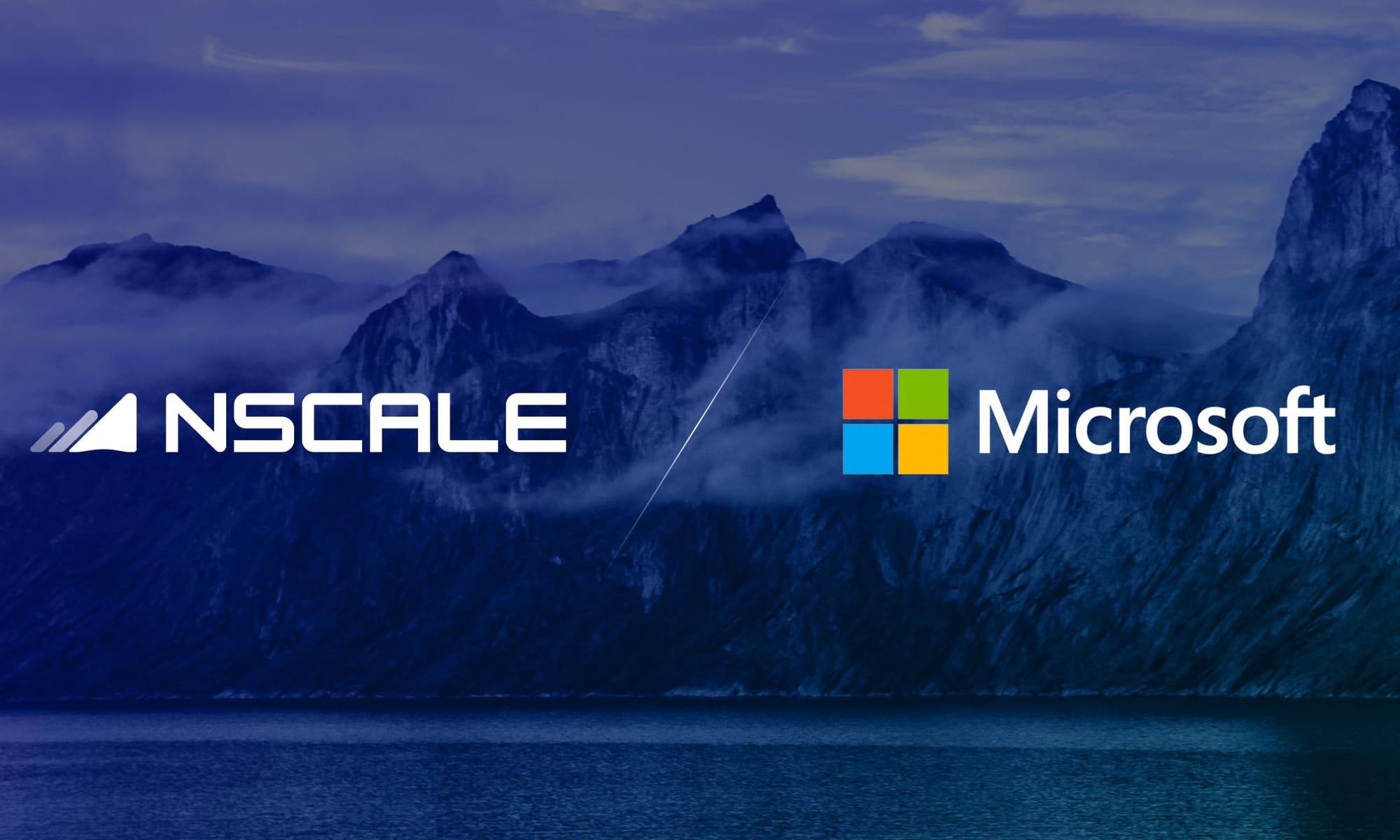Nvidia’s Next $4 Trillion Bet

Even with a market capitalization that has already soared past $4 trillion, it feels like the world is still underestimating Nvidia. The company is widely seen as the “nuclear plant” of the AI boom—the chip supplier without which no frontier model can train. But to reduce Nvidia to a chip company is to miss the larger ambition that Jensen Huang has quietly pursued for more than a decade: to define the future of the cloud.
Back in 2023, Nvidia unveiled DGX Cloud, a high-profile platform where a single instance—equipped with eight H100 GPUs—rented for $36,999 a month. It was a jaw-dropping price point that immediately captured attention. For many, it signaled Nvidia’s intent to go head-to-head with hyperscaler incumbents like AWS, Azure, and Google Cloud. For a moment, it looked like the company was ready to add cloud supremacy to its list of conquests.
And yet, by mid-2025, DGX Cloud had quietly stepped back from the center stage. Nvidia no longer tied its multibillion-dollar cloud spending commitments to DGX Cloud contracts, and the service morphed into something closer to an internal R&D platform than a commercial product. What replaced it was Lepton—a GPU scheduling and marketplace product that looks less like a rival to Amazon and Microsoft, and more like an entry point into the entire ecosystem of AI compute.
The shift from DGX Cloud to Lepton is not a retreat born of weakness. It is the opposite: a repositioning designed to preserve partnerships, extend influence, and ultimately grant Nvidia control over the most important lever of the AI era—the allocation of compute itself.
Retreat to Advance
DGX Cloud’s story begins with scarcity. In 2023, during the so-called “GPU famine,” enterprises discovered that even if they had unlimited capital, they could not reliably secure the H100s needed to train state-of-the-art models. Nvidia saw an opportunity: rather than leave buyers stranded, it could rent out its own high-end clusters as a service.
The strategy worked—at least at first. DGX Cloud generated enormous attention, and by the end of 2024, Nvidia’s filings showed that software and services (including DGX Cloud) had grown to a $2 billion annualized run rate. For a company long defined by silicon, that was an encouraging sign of diversification.





